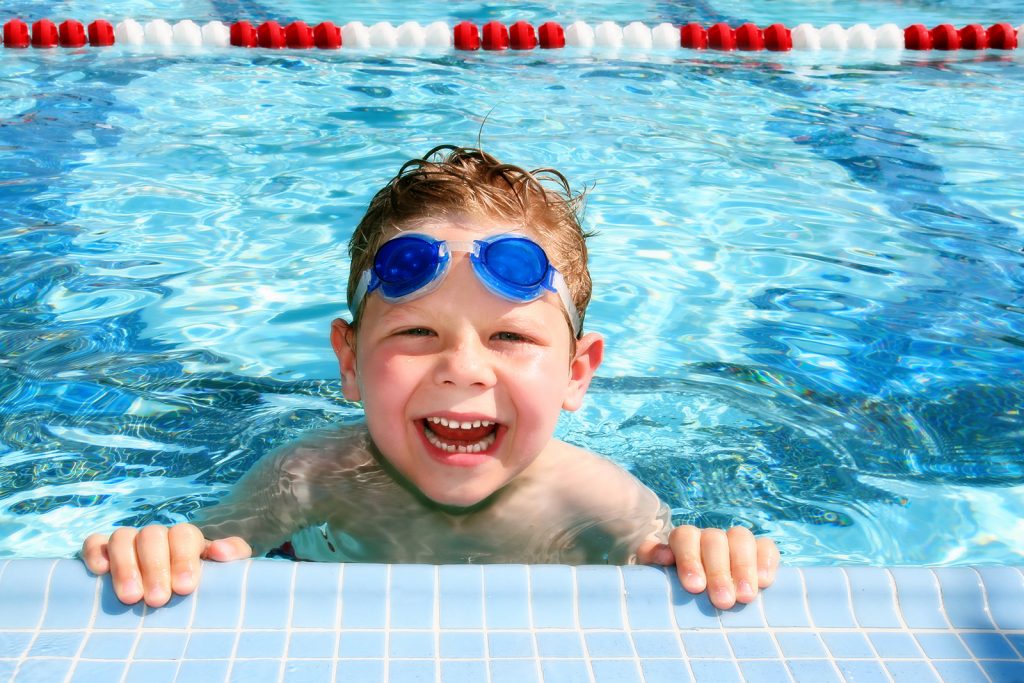
Tips for Swimmer’s Ear Treatment and Prevention
Swimmer’s ear is a common infection that can make summertime miserable for kids. Also known as otitis externa, it most commonly occurs when water gets trapped in your child’s ears after swimming or showering, creating the perfect conditions for bacterial growth that infects the skin of the outer ear canal. Now that swimming weather is here again and day trips to Galveston or the Hill Country are coming up for families all over Texas, it’s important for parents to be prepared for swimmer’s ear and take precautions to make sure their children can enjoy their summer vacation without a painful ear infection.
How do I know if my child has swimmer’s ear?
Anyone can get swimmer’s ear if they aren’t careful. While the symptoms are usually mild at first, they may get worse if left untreated. Mild symptoms include:
- Itching in the ear canal;
- Slight redness inside the ear;
- Mild discomfort that’s made worse by pulling or pushing on the outer areas of the ear; and
- Some drainage of a clear, odorless fluid.
It’s always best to keep an eye out for these early swimmer’s ear symptoms and schedule a doctor’s appointment to diagnosis the condition and devise a treatment. If left untreated, the symptoms will continue to worsen, leading to more severe pain, fever, muffled hearing, blockage of the ear canal, and a discharge of pus.
Can you treat your child’s swimmer’s ear at home?
There are some over-the-counter remedies for treating swimmer’s ear symptoms at your local pharmacy. However, the best thing to do when you or your child has swimmer’s ear is schedule a doctor’s appointment as soon as possible. Doctors will usually prescribe antibiotic ear drops to kill infectious bacteria. If symptoms are more severe, they may also issue a steroid to reduce ear swelling, or other medication designed to restore a healthy chemical balance to the ear canal, making it difficult for bacteria to grow. If your child is experiencing severe pain, ask your doctor about using over-the-counter pain medications like ibuprofen or acetaminophen.
During treatment, make sure your child doesn’t use headphones, hearing aids, or any other in-ear devices so their ears can heal properly. If they use cosmetic products such as hairspray, make sure they place cotton balls in their ears while applying the product to avoid getting any foreign residue in their ear canal.
How do I make sure my child doesn’t get swimmer’s ear?
Keep your child’s ears clean and dry. Just like brushing their teeth, it’s important to teach your children the proper methods for keeping their ears clean and dry. When they get out of the water, have your child turn their head on either side to drain water from the ear canal. After their ears are completely drained, use a soft towel to soak up what’s left. If your child is especially prone to ear infections, it may be wise to have them use ear plugs when swimming.
Cerumen, commonly known as earwax, plays an important role in preventing ear infections. Too much or too little earwax can cause problems. The best way to prevent infection is to keep your child’s ears as clean as possible and make sure that they do not have too much or too little
waxy buildup.
Use home remedies to promote ear health. Some common home remedies for cleaning ears call for isopropyl (rubbing) alcohol to dry out the ear canal, but this can actually cause too much dryness, which can lead to worse problems. Instead, place one or two drops of white vinegar
into each ear to promote cleanliness. If your child is prone to excessive waxy buildup, there are multiple over-the-counter ear solutions that aid in buildup prevention.
Keep foreign objects out of the ear canal. This includes cotton swabs, which should only be used to clean the outer area of the ear. Using fingers, ear candling, or other improper cleaning methods could cause serious damage to the ear canal and make it more prone to infection.
If your child has swimmer’s ear, schedule a doctor’s appointment.

 It’s Time To Take A Stand For Emergency Care
It’s Time To Take A Stand For Emergency Care